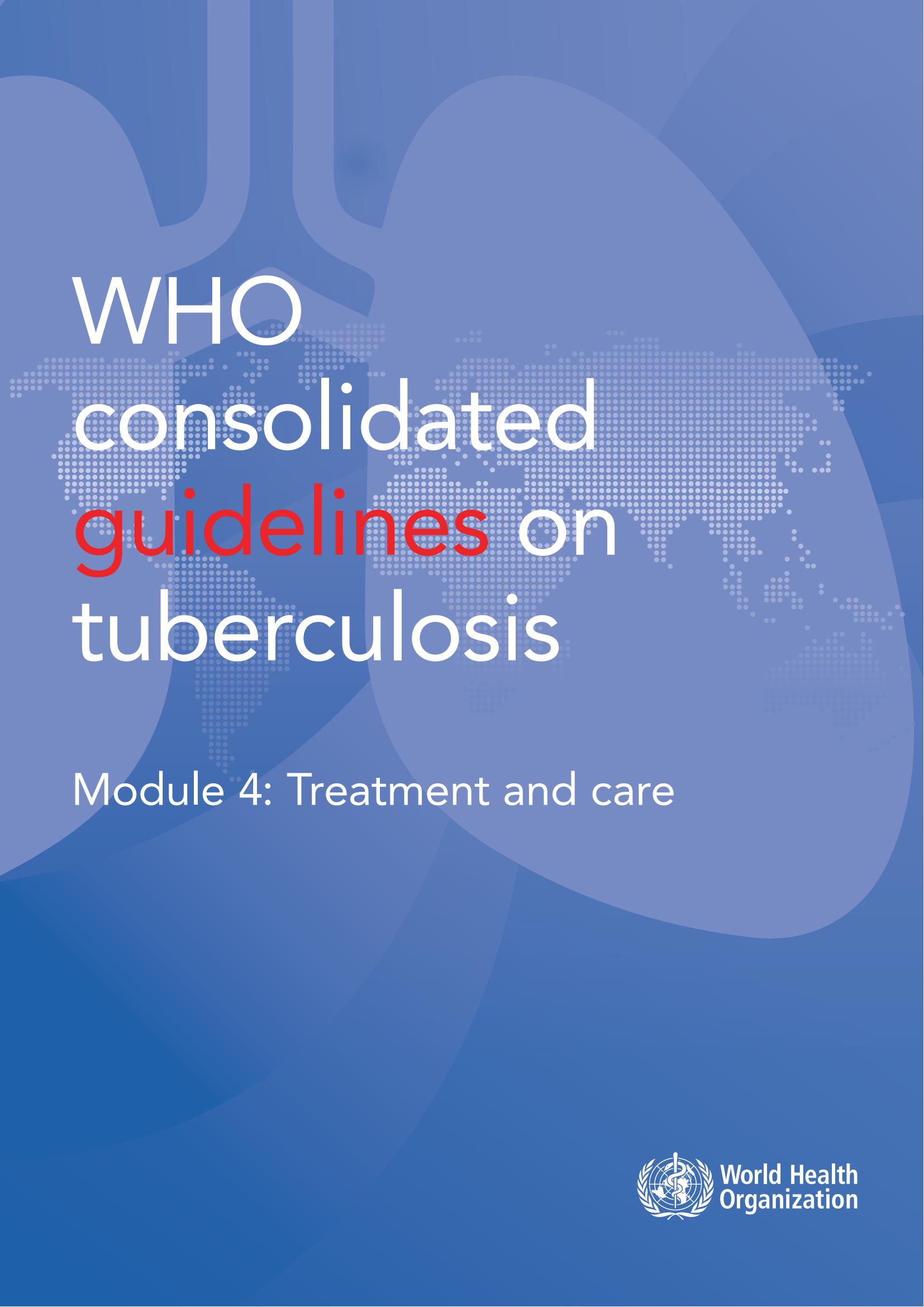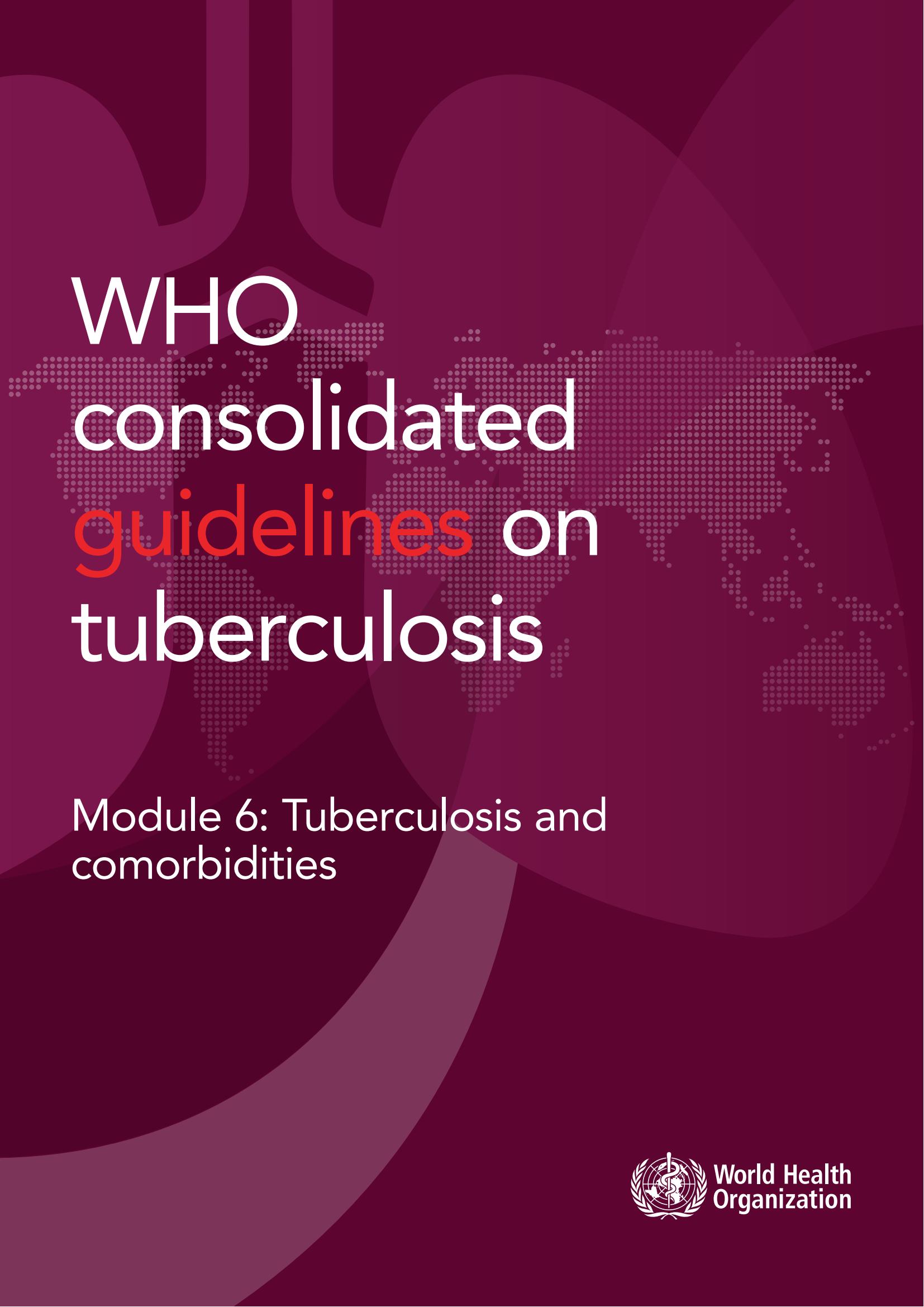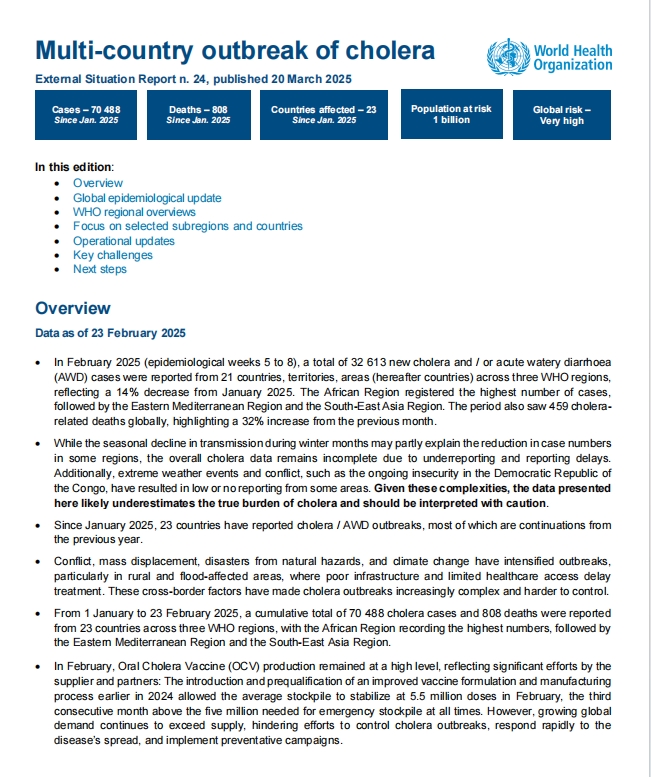Expert IntroductionMore>
-
 Barry Marshall, Honorary Editor-in-Chief of the Electronic Journal of Emerging Infectious Diseases; ...
Barry Marshall, Honorary Editor-in-Chief of the Electronic Journal of Emerging Infectious Diseases; ... -
 Zhong Nanshan, Honorary Editor-in-Chief of the Electronic Journal of Emerging Infectious Diseases; A...
Zhong Nanshan, Honorary Editor-in-Chief of the Electronic Journal of Emerging Infectious Diseases; A... -
 Liao Wanqing, Honorary Editor-in-Chief of the Electronic Journal of Emerging Infectious Diseases; Me...
Liao Wanqing, Honorary Editor-in-Chief of the Electronic Journal of Emerging Infectious Diseases; Me... -
 Hou Yunde, Honorary Editor-in-Chief of the Electronic Journal of Emerging Infectious Diseases; Acade...
Hou Yunde, Honorary Editor-in-Chief of the Electronic Journal of Emerging Infectious Diseases; Acade... -
 Song Xiuquan, Secretary of the Board and Senior Editor, People's Medical Publishing House; Editor-in...
Song Xiuquan, Secretary of the Board and Senior Editor, People's Medical Publishing House; Editor-in... -
 Fan Cunbin, Director of the Journal Editorial Center at People's Medical Publishing House; Senior Ed...
Fan Cunbin, Director of the Journal Editorial Center at People's Medical Publishing House; Senior Ed... -
 Lu Puxuan, Editor-in-Chief of?Electronic Journal of Emerging Infectious Diseases; Chief Physician, P...
Lu Puxuan, Editor-in-Chief of?Electronic Journal of Emerging Infectious Diseases; Chief Physician, P... -
 Stefan Jaeger, Executive Editorial Board Member of the?Electronic Journal of Emerging Infectious Dis...
Stefan Jaeger, Executive Editorial Board Member of the?Electronic Journal of Emerging Infectious Dis... -
 Asakawa Tetsuya, Editorial Board Member of Electronic Journal of the Emerging Infectious Diseases; D...
Asakawa Tetsuya, Editorial Board Member of Electronic Journal of the Emerging Infectious Diseases; D... -
 Alfred Chin-yen Tay, Executive Editorial Board Member of Electronic Journal of Emerging Infectious D...
Alfred Chin-yen Tay, Executive Editorial Board Member of Electronic Journal of Emerging Infectious D... -
 Lu Hongzhou, Deputy Editor-in-Chief of?Electronic Journal of Emerging Infectious Diseases; Chief Phy...
Lu Hongzhou, Deputy Editor-in-Chief of?Electronic Journal of Emerging Infectious Diseases; Chief Phy... -
 Yu Weiye, Deputy Editor-in-Chief of?Electronic Journal of Emerging Infectious Diseases; Chief Physic...
Yu Weiye, Deputy Editor-in-Chief of?Electronic Journal of Emerging Infectious Diseases; Chief Physic... -
 Yi Yongxiang, Deputy Editor-in-Chief of?Electronic Journal of Emerging Infectious Diseases; Chief Ph...
Yi Yongxiang, Deputy Editor-in-Chief of?Electronic Journal of Emerging Infectious Diseases; Chief Ph... -
 Zhang Fuchun, Deputy Editor-in-Chief of?Electronic Journal of Emerging Infectious Diseases; Chief Ph...
Zhang Fuchun, Deputy Editor-in-Chief of?Electronic Journal of Emerging Infectious Diseases; Chief Ph... -
 Feng Tiejian, Deputy Editor-in-Chief of Electronic Journal of Emerging Infectious Diseases; Chief Te...
Feng Tiejian, Deputy Editor-in-Chief of Electronic Journal of Emerging Infectious Diseases; Chief Te... -
 Li Hongjun, Deputy Editor-in-Chief of?Electronic Journal of Emerging Infectious Diseases; Chief Phys...
Li Hongjun, Deputy Editor-in-Chief of?Electronic Journal of Emerging Infectious Diseases; Chief Phys... -
 Gu Ye, Deputy Editor-in-Chief of?Electronic Journal of Emerging Infectious Diseases; Chief Tradition...
Gu Ye, Deputy Editor-in-Chief of?Electronic Journal of Emerging Infectious Diseases; Chief Tradition... -
 Lin Jianyan, Deputy Editor-in-Chief of Electronic Journal of Emerging Infectious Diseases; Chief Phy...
Lin Jianyan, Deputy Editor-in-Chief of Electronic Journal of Emerging Infectious Diseases; Chief Phy... -
 Wang Yixiang, Deputy Editor-in-Chief of?Electronic Journal of Emerging Infectious Diseases; Associat...
Wang Yixiang, Deputy Editor-in-Chief of?Electronic Journal of Emerging Infectious Diseases; Associat... -
 Wu Xiaoping, Deputy Editor-in-Chief of Electronic Journal of Emerging Infectious Diseases; Chief Phy...
Wu Xiaoping, Deputy Editor-in-Chief of Electronic Journal of Emerging Infectious Diseases; Chief Phy... -
 Liu Yuanming, Deputy Editor-in-Chief of Electronic Journal of Emerging Infectious Diseases; Professo...
Liu Yuanming, Deputy Editor-in-Chief of Electronic Journal of Emerging Infectious Diseases; Professo... -
 Ma Xuejun, Deputy Editor-in-Chief of Electronic Journal of Emerging Infectious Diseases; Director, R...
Ma Xuejun, Deputy Editor-in-Chief of Electronic Journal of Emerging Infectious Diseases; Director, R... -
 Peng Jie, Deputy Editor-in-Chief of Electronic Journal of Emerging Infectious Diseases; Professor, C...
Peng Jie, Deputy Editor-in-Chief of Electronic Journal of Emerging Infectious Diseases; Professor, C... -
 Shen Yinzhong, Deputy Editor-in-Chief of Electronic Journal of Emerging Infectious Diseases; Chief P...
Shen Yinzhong, Deputy Editor-in-Chief of Electronic Journal of Emerging Infectious Diseases; Chief P... -
 Shi Yuxin, Deputy Editor - in - Chief of Electronic Journal of Emerging Infectious Diseases; Chief P...
Shi Yuxin, Deputy Editor - in - Chief of Electronic Journal of Emerging Infectious Diseases; Chief P... -
 Ouyang Xuehui, Executive Editorial Board Member of Electronic Journal of Emerging Infectious Disease...
Ouyang Xuehui, Executive Editorial Board Member of Electronic Journal of Emerging Infectious Disease... -
 Dai Erhei, Executive Editorial Board Member of Electronic Journal of Emerging Infectious Diseases; C...
Dai Erhei, Executive Editorial Board Member of Electronic Journal of Emerging Infectious Diseases; C... -
 Zhou Jie, Executive Editorial Board Member of Electronic Journal of Emerging Infectious Diseases; Ch...
Zhou Jie, Executive Editorial Board Member of Electronic Journal of Emerging Infectious Diseases; Ch... -
 Jin Guanqiao, Executive Editorial Board Member of Electronic Journal of Emerging Infectious Diseases...
Jin Guanqiao, Executive Editorial Board Member of Electronic Journal of Emerging Infectious Diseases... -
Liu Yubao, Executive Editorial Board Member of Electronic Journal of Emerging Infectious Diseases; C...
-
 Wang Mingmin, Executive Editorial Board Member of Electronic Journal of Emerging Infectious Diseases...
Wang Mingmin, Executive Editorial Board Member of Electronic Journal of Emerging Infectious Diseases... -
 Li Guimei, Executive Editorial Board Member of Electronic Journal of Emerging Infectious Diseases; S...
Li Guimei, Executive Editorial Board Member of Electronic Journal of Emerging Infectious Diseases; S... -
 Chen Budong, Editorial Board Member of Electronic Journal of Emerging Infectious Diseases; Chief Phy...
Chen Budong, Editorial Board Member of Electronic Journal of Emerging Infectious Diseases; Chief Phy... -
 Liu Jun, Executive Editorial Board Member of Electronic Journal of Emerging Infectious Diseases; Dir...
Liu Jun, Executive Editorial Board Member of Electronic Journal of Emerging Infectious Diseases; Dir... -
 Tan Weiguo, Executive Editorial Board Member of Electronic Journal of Emerging Infectious Diseases; ...
Tan Weiguo, Executive Editorial Board Member of Electronic Journal of Emerging Infectious Diseases; ... -
 Fang Weijun, Executive Editorial Board Member of Electronic Journal of Emerging Infectious Diseases;...
Fang Weijun, Executive Editorial Board Member of Electronic Journal of Emerging Infectious Diseases;... -
 Guan Yang, Deputy Editor-in-Chief of Electronic Journal of Emerging Infectious Diseases; Deputy Dire...
Guan Yang, Deputy Editor-in-Chief of Electronic Journal of Emerging Infectious Diseases; Deputy Dire... -
 Zhang Ying, Executive Editorial Board Member of Electronic Journal of Emerging Infectious Diseases; ...
Zhang Ying, Executive Editorial Board Member of Electronic Journal of Emerging Infectious Diseases; ... -
 Li Furong, Executive Editorial Board Member of Electronic Journal of Emerging Infectious Diseases; C...
Li Furong, Executive Editorial Board Member of Electronic Journal of Emerging Infectious Diseases; C... -
 Xu Chuanjun, Executive Editorial Board Member of Electronic Journal of Emerging Infectious Diseases;...
Xu Chuanjun, Executive Editorial Board Member of Electronic Journal of Emerging Infectious Diseases;... -
 Cheng Guanxun, Deputy Editor-in-Chief of Electronic Journal of Emerging Infectious Diseases; Chief P...
Cheng Guanxun, Deputy Editor-in-Chief of Electronic Journal of Emerging Infectious Diseases; Chief P... -
 Wang Hui, Executive Editorial Board Member of Electronic Journal of Emerging Infectious Diseases; Di...
Wang Hui, Executive Editorial Board Member of Electronic Journal of Emerging Infectious Diseases; Di... -
 Fang Weijun, Executive Editorial Board Member of Electronic Journal of Emerging Infectious Diseases;...
Fang Weijun, Executive Editorial Board Member of Electronic Journal of Emerging Infectious Diseases;... -
 Xu Rengen, Executive Editorial Board Member of Electronic Journal of Emerging Infectious Diseases; C...
Xu Rengen, Executive Editorial Board Member of Electronic Journal of Emerging Infectious Diseases; C... -
 Jiang Liangshuang, Executive Editorial Board Member of Electronic Journal of Emerging Infectious Dis...
Jiang Liangshuang, Executive Editorial Board Member of Electronic Journal of Emerging Infectious Dis... -
 Zeng Xianjun, Executive Editorial Board Member of Electronic Journal of Emerging Infectious Diseases...
Zeng Xianjun, Executive Editorial Board Member of Electronic Journal of Emerging Infectious Diseases... -
 Li Tongxia, Executive Editorial Board Member of Electronic Journal of Emerging Infectious Diseases; ...
Li Tongxia, Executive Editorial Board Member of Electronic Journal of Emerging Infectious Diseases; ... -
 Chen Yaokai, Deputy Editor-in-Chief of Electronic Journal of Emerging Infectious Diseases; Professor...
Chen Yaokai, Deputy Editor-in-Chief of Electronic Journal of Emerging Infectious Diseases; Professor... -
 Zhang Xiaoqin, Executive Editorial Board Member of Electronic Journal of Emerging Infectious Disease...
Zhang Xiaoqin, Executive Editorial Board Member of Electronic Journal of Emerging Infectious Disease... -
 Yang Guilin, Executive Editorial Board Member of Electronic Journal of Emerging Infectious Diseases;...
Yang Guilin, Executive Editorial Board Member of Electronic Journal of Emerging Infectious Diseases;... -
 Yan Xiaofeng, Executive Editorial Board Member of Electronic Journal of Emerging Infectious Diseases...
Yan Xiaofeng, Executive Editorial Board Member of Electronic Journal of Emerging Infectious Diseases... -
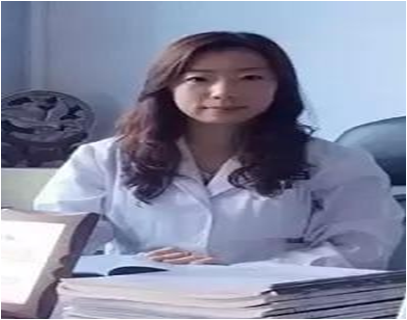 Zhang Hong, Executive Editorial Board Member of Electronic Journal of Emerging Infectious Diseases; ...
Zhang Hong, Executive Editorial Board Member of Electronic Journal of Emerging Infectious Diseases; ... -
 He Renliang, Executive Editorial Board Member of Electronic Journal of Emerging Infectious Diseases;...
He Renliang, Executive Editorial Board Member of Electronic Journal of Emerging Infectious Diseases;... -
 Zhang Wenbao, Executive Editorial Board Member of Electronic Journal of Emerging Infectious Diseases...
Zhang Wenbao, Executive Editorial Board Member of Electronic Journal of Emerging Infectious Diseases... -
 Hou Dailun, Executive Editorial Board Member of Electronic Journal of Emerging Infectious Diseases; ...
Hou Dailun, Executive Editorial Board Member of Electronic Journal of Emerging Infectious Diseases; ... -
 Gao Bo, Executive Editorial Board Member of Electronic Journal of Emerging Infectious Diseases; Chie...
Gao Bo, Executive Editorial Board Member of Electronic Journal of Emerging Infectious Diseases; Chie... -
 Huang Kui, Executive Editorial Board Member of Electronic Journal of Emerging Infectious Diseases; C...
Huang Kui, Executive Editorial Board Member of Electronic Journal of Emerging Infectious Diseases; C... -
 He Yulin, Editorial Board Member of Electronic Journal of Emerging Infectious Diseases; Associate Ch...
He Yulin, Editorial Board Member of Electronic Journal of Emerging Infectious Diseases; Associate Ch... -
 Zheng Yongli, Executive Editorial Board Member of Electronic Journal of Emerging Infectious Diseases...
Zheng Yongli, Executive Editorial Board Member of Electronic Journal of Emerging Infectious Diseases... -
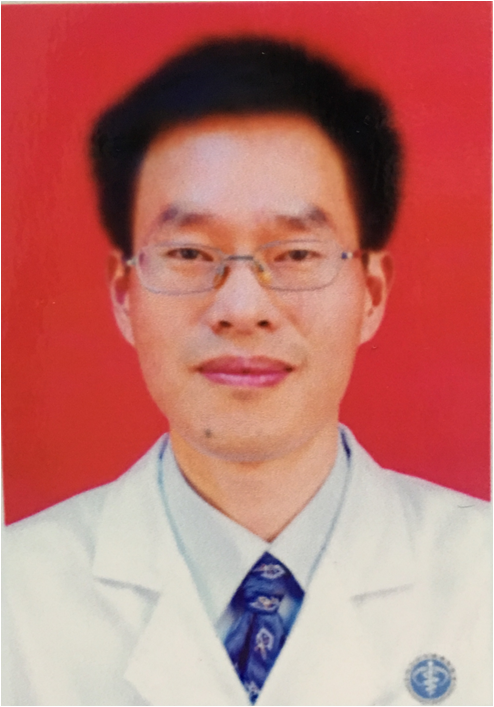 Hu Guoxin, Chief Physician, Professor; Director of the Department of Infectious Diseases, Peking Uni...
Hu Guoxin, Chief Physician, Professor; Director of the Department of Infectious Diseases, Peking Uni... -
 Yin Yueping, Executive Editorial Board Member of Electronic Journal of Emerging Infectious Diseases;...
Yin Yueping, Executive Editorial Board Member of Electronic Journal of Emerging Infectious Diseases;... -
 Zhang Yong, Executive Editorial Board Member of Electronic Journal of Emerging Infectious Diseases; ...
Zhang Yong, Executive Editorial Board Member of Electronic Journal of Emerging Infectious Diseases; ... -
 Huang Jian, Executive Editorial Board Member of Electronic Journal of Emerging Infectious Diseases; ...
Huang Jian, Executive Editorial Board Member of Electronic Journal of Emerging Infectious Diseases; ... -
 Huang Ping, Executive Editorial Board Member of Electronic Journal of Emerging Infectious Diseases; ...
Huang Ping, Executive Editorial Board Member of Electronic Journal of Emerging Infectious Diseases; ... -
 Zhang Mingxia, Executive Editorial Board Member of Electronic Journal of Emerging Infectious Disease...
Zhang Mingxia, Executive Editorial Board Member of Electronic Journal of Emerging Infectious Disease...





